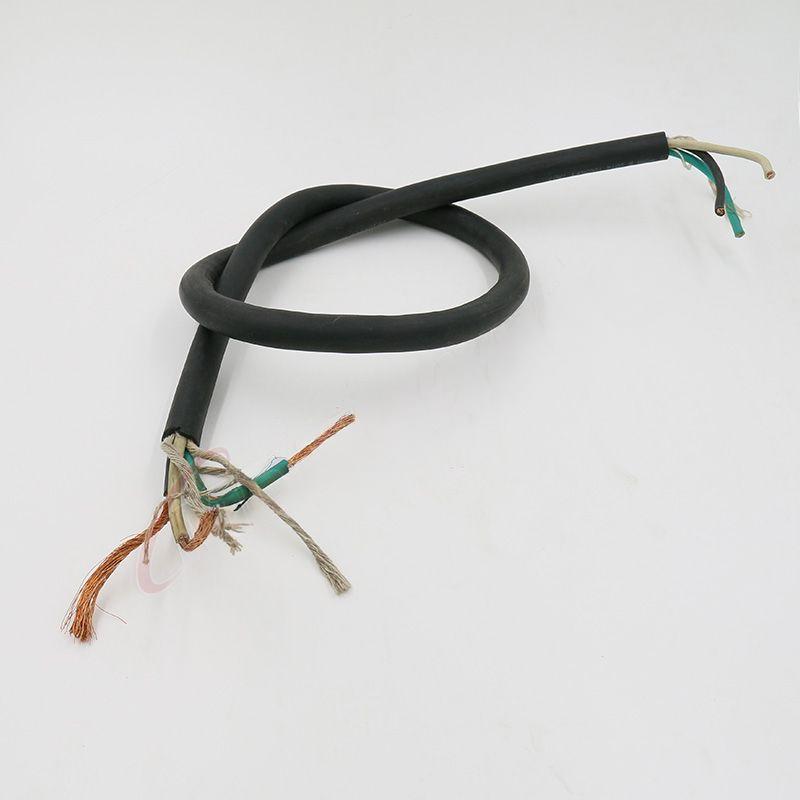10 月 . 18, 2024 14:44 Back to list
Stainless Steel Ball Valve Applications and Benefits in Fluid Control Systems
Understanding SS Ball Valves A Comprehensive Overview
Stainless steel (SS) ball valves are essential components in various industries, known for their reliability, durability, and efficiency in controlling the flow of fluids. This article delves into the structure, functionality, advantages, applications, and maintenance of SS ball valves, providing a thorough understanding of this critical valve type.
Structure and Functionality
A stainless steel ball valve comprises three primary components the body, the ball (or closure element), and the seats. The body encapsulates the valve, offering protection and structural support. The ball, which has a spherical shape, serves as the controlling element; it rotates within the valve body to either permit or obstruct fluid flow. The seats are situated on both sides of the ball and provide a sealing surface that prevents leakage when the valve is closed.
When the valve is in the open position, the ball's hole is aligned with the flow path, creating a clear passage for fluids. Conversely, when the valve is closed, the ball rotates 90 degrees, blocking the flow. This simple yet effective mechanism ensures rapid operation, often requiring only a quarter turn of the actuator or handle to transition between open and closed positions.
Advantages of SS Ball Valves
One of the foremost advantages of stainless steel ball valves is their ability to provide a tight seal. Unlike other valve types, which may experience leaking due to wear and tear over time, the ball and seat design ensures a tight shut-off, making them ideal for applications that require precise flow control.
Another notable benefit is their durability. Stainless steel is resistant to corrosion, high temperatures, and wear, making SS ball valves suitable for various environments, including extreme temperatures and aggressive corrosive conditions. As a result, they have a longer lifespan compared to valves made from other materials.
Additionally, SS ball valves are known for their low flow resistance. The ball's spherical shape allows for unimpeded fluid flow, which can lead to greater efficiency and energy savings in piping systems. Their straightforward operation and minimal maintenance requirements further enhance their appeal.
Applications
ss ball valve

SS ball valves find extensive use across multiple sectors, primarily due to their versatility. In the oil and gas industry, they are employed to control the flow of hydrocarbons, ensuring safety and efficiency in pipeline operations. In the chemical industry, stainless steel ball valves manage corrosive substances, providing a reliable barrier against leaks and spills.
Moreover, these valves are commonly used in water treatment facilities, pharmaceutical manufacturing, and food processing plants. Their hygienic properties, easy maintenance, and ability to withstand stringent cleaning processes make them indispensable in applications that require compliance with health and safety standards.
Maintenance of SS Ball Valves
Regular maintenance is essential to ensure the longevity and optimal performance of stainless steel ball valves. Although they typically require less maintenance than other valve types, certain practices can enhance their reliability.
Firstly, it’s crucial to inspect the valves periodically for any signs of wear or damage. This includes checking the ball and seats for corrosion or pitting, as well as examining seals and gaskets for integrity. If any components show signs of deterioration, timely replacements should be made.
Secondly, lubricating the valve’s moving parts is essential. This is particularly important in high-frequency operation scenarios, where friction can lead to premature wear. Using a suitable lubricant compatible with the fluid being controlled ensures smooth operation while minimizing wear and tear.
Lastly, operators should be trained to operate the valves correctly and should follow specific protocols for opening and closing to prevent undue stress on the valve components.
Conclusion
SS ball valves are integral to modern fluid control systems, offering numerous advantages, including reliability, durability, and low maintenance needs. Their applications span across various industries, underscoring their versatility and importance. By understanding the structure, functionality, and necessary maintenance practices associated with stainless steel ball valves, stakeholders can ensure effective operation and longevity, ultimately contributing to the efficiency of their processes. As industries continue to evolve, the role of SS ball valves will remain vital in achieving optimal fluid management solutions.
Share
-
Understanding the Differences Between Wafer Type Butterfly Valve and Lugged Butterfly ValveNewsOct.25,2024
-
The Efficiency of Wafer Type Butterfly Valve and Lugged Butterfly ValveNewsOct.25,2024
-
The Ultimate Guide to Industrial Swing Check Valve: Performance, Installation, and MaintenanceNewsOct.25,2024
-
Superior Performance with Industrial Swing Check Valve: The Essential Valve for Any SystemNewsOct.25,2024
-
Industrial Swing Check Valve: The Ideal Solution for Flow ControlNewsOct.25,2024
-
You Need to Know About Industrial Swing Check Valve: Functionality, Scope, and PerformanceNewsOct.25,2024